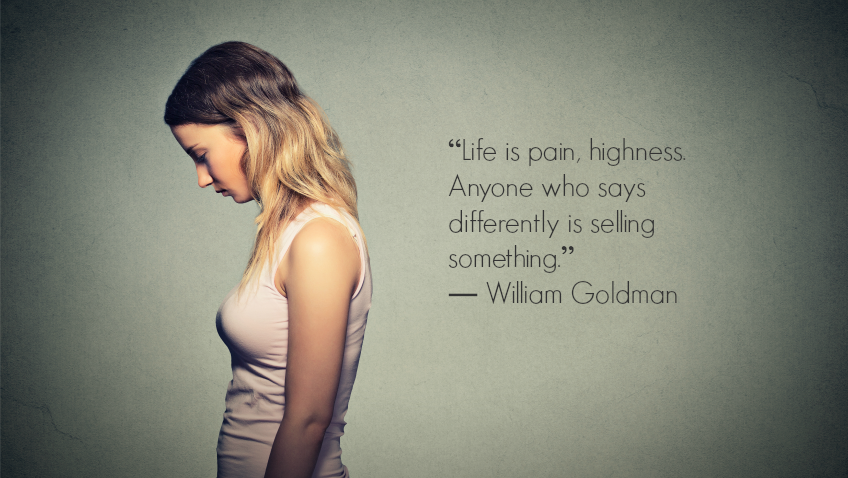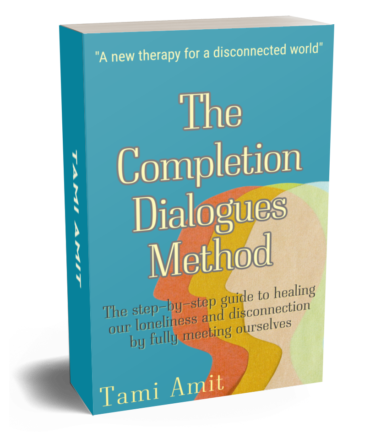How are Small Traumas Affecting Your Daily Life

Do you ever feel anxious, or embarrassed when meeting a new person?
How about when you drive over a bridge, go on a plane, or sit in the passenger seat of a car – do you get a bit nervous?
ALL of these experiences originate in a trauma, and more often than not, they are what we refer to as a ‘small t’ trauma (as opposed to a ‘big T’ trauma).
If ‘big T’ traumas are abuse, neglect or a serious injury, ‘small t’ traumas can be rejection by a friend, making a mistake in front of the class, falling off your bike, or feeling scared in a dark movie theatre.
As you can see, ‘small t’ traumas are inescapable. So how is it that we are not all walking around traumatized?
Well, we actually are. We just don’t realize it.
But how is driving over a bridge today, connected to your elementary school friend choosing to play with someone else?
The answer is the way that trauma is registered in our Nervous System.
As children, when we experience a stressful event – we imprint the feeling, and body sensation experienced during the event into our Nervous System, along with a negative belief about ourselves.
Here is what I mean: When you think about going on a plane 35,000 feet above the ground, or sitting in the passenger seat of a fast moving car – how do you feel?
Nervous, Scared, Helpless…
What does it feel like in your body?
Chest pain, Nausea, Headache…
And as you connect with that experience, what is the bad thing that you say about yourself? (from your gut, not your head)
I’m helpless, I’m not in control, I’m in danger, I can’t handle it…
Now, if you were to follow this experience (feeling, sensation, and belief about yourself) back in time through the years, you would get to an early childhood experience that holds the exact same internal experience. That may be when your parents divorced, or when your dog died, or when you fell off the monkey bars and broke your arm.
So you see, the trauma itself has NOTHING to do with flying in a plane, and EVERYTHING to do with the feeling of helplessness, and an emotional + physical sense of not being in control.
When a trauma registers in our Nervous System (and remember that trauma is simply a stressful experience when we felt alone with our feelings), it is as if a computer file opens in our body, containing:
- a snapshot of the experience (at least one image that is ‘frozen in time’)
- the feeling that you felt when the experience took place
- a negative belief about yourself (called core belief)
- a body sensation (a physical feeling in your body)
That computer file sits in your Nervous System collecting debris. If no other events occur throughout life that hold similar feelings and/or beliefs, then the file has little effect (no symptoms). But if more events happen throughout your life that hold similar feelings and beliefs then the file gets bigger and bigger. The bigger it gets, the more it will affect your life (more symptoms, more frequently).
When a trauma gets triggered (like when you’re on that plane, or in the passenger seat of the car), it is the whole computer file that gets triggered – that is why it feels so huge.
How to find the original trauma:
- Start with a current experience that is causing some distress. Maybe your friends forgot to invite you to a party, you feel nervous about an upcoming meeting, or your child wont stop crying.
- Think about the worst parts of the experience. Activate that computer file in your brain.
- Now, close your eyes and take three deep belly breaths.
- Answer the following three questions: What is the negative thing I say about myself? (I am…), What feeling comes up with that? Where do I feel that feeling in my body?
Now, take the belief, feeling and body sensation together, and hold them together like a package in you mind and allow your mind to go back in time, along these sensations, noticing where your mind takes you, and where it stops. Allow your mind to go back in time all the way to the FIRST time you felt the _________ (feeling) in your ___________(body location).
When you get to the early trauma, breathe Love and gentleness into it. Speak to that young child that experienced the trauma with compassion and validation (that must have been so hard…you must have felt so alone…).
Notice your body relaxing.
If you find that the trauma is too big (say higher than a 4 on a 0-10 scale), take a deep breathe, feel your feet on the ground, and use this tool.
Take care, and lots of love 🙂
TAGS:
Sharing is Caring!
hello,
I'M TAMI!
I am a Psychotherapist, Clinical Hypnotherapist and EMDR Practitioner. If you want to create positive change in your life then you have come to the right place.
Now Trending:
Categories

Let's Work Together!
Other Posts of Interest
Get Your Hands
On My New Book
The Completion Dialogues Method: The new therapy for healing our loneliness and disconnection by repairing our most fundamental relationship – with our self! (to be released in 2022). See Full Details Here >













